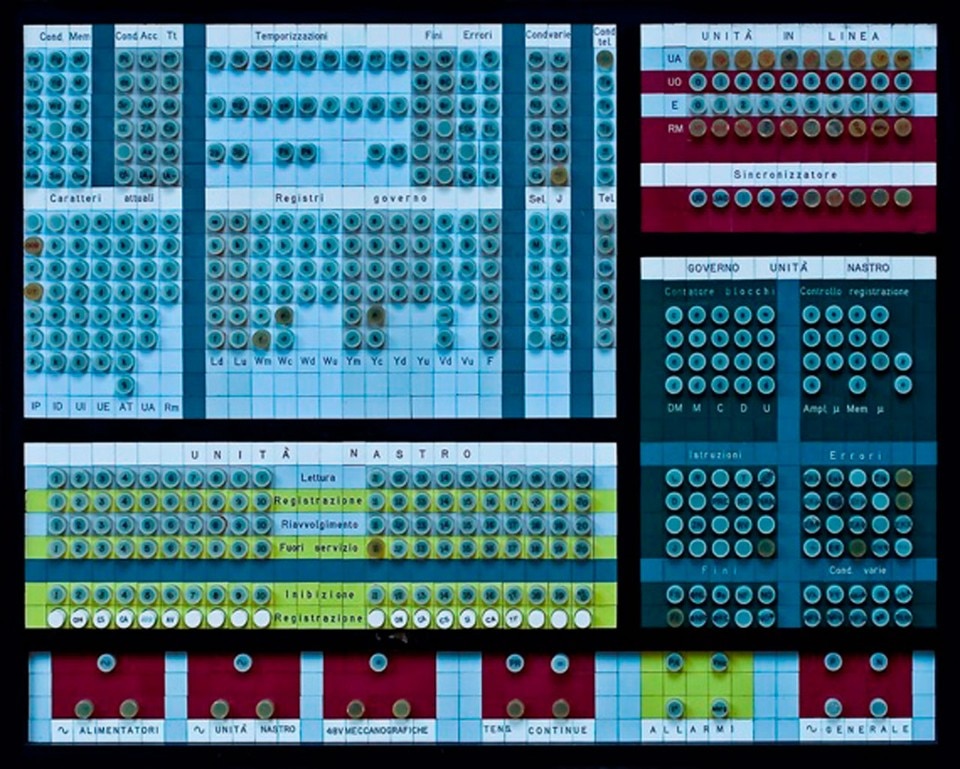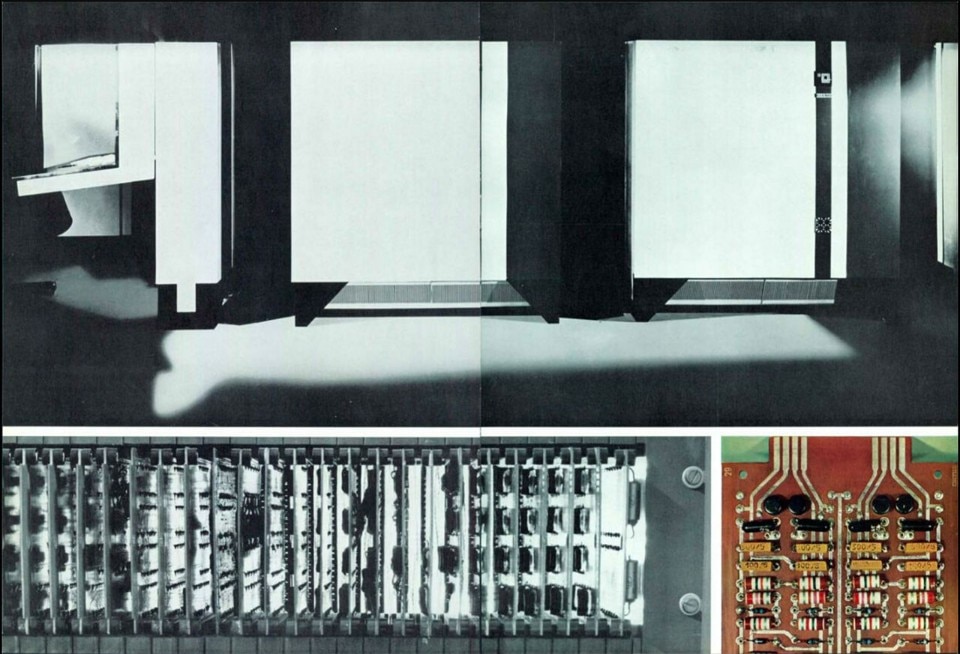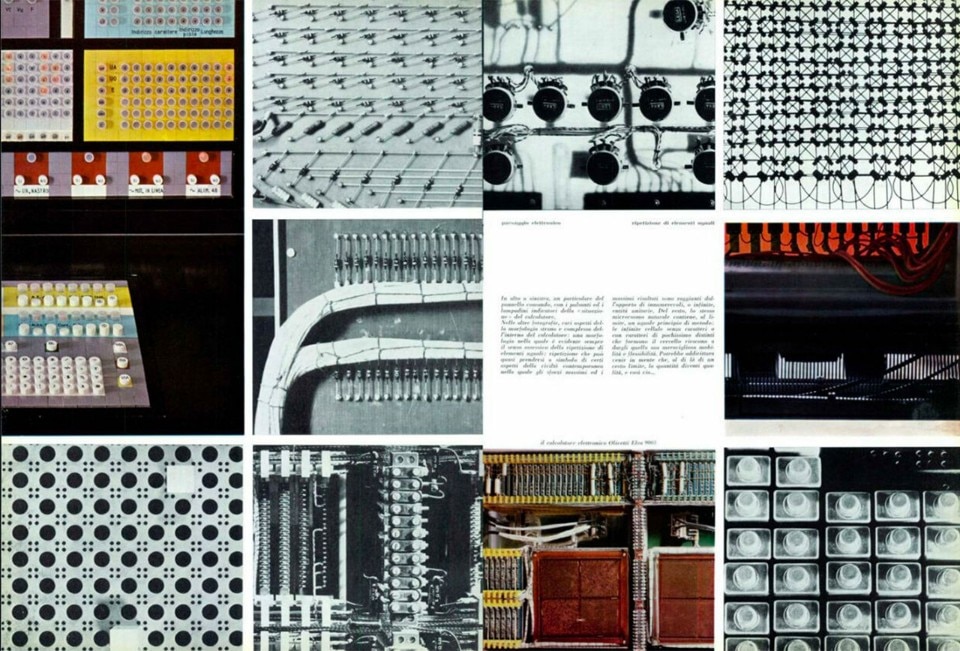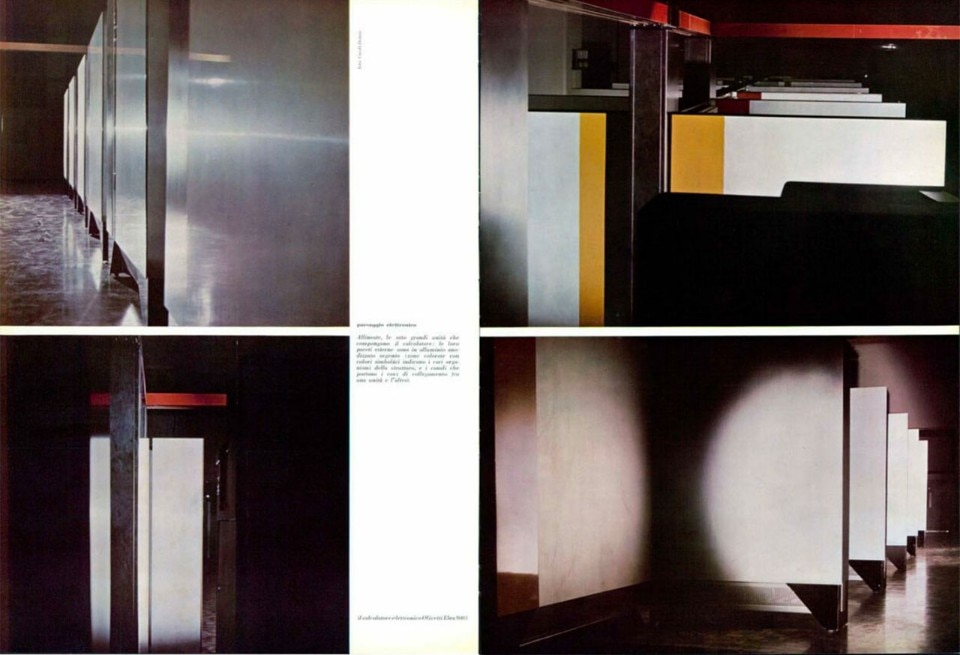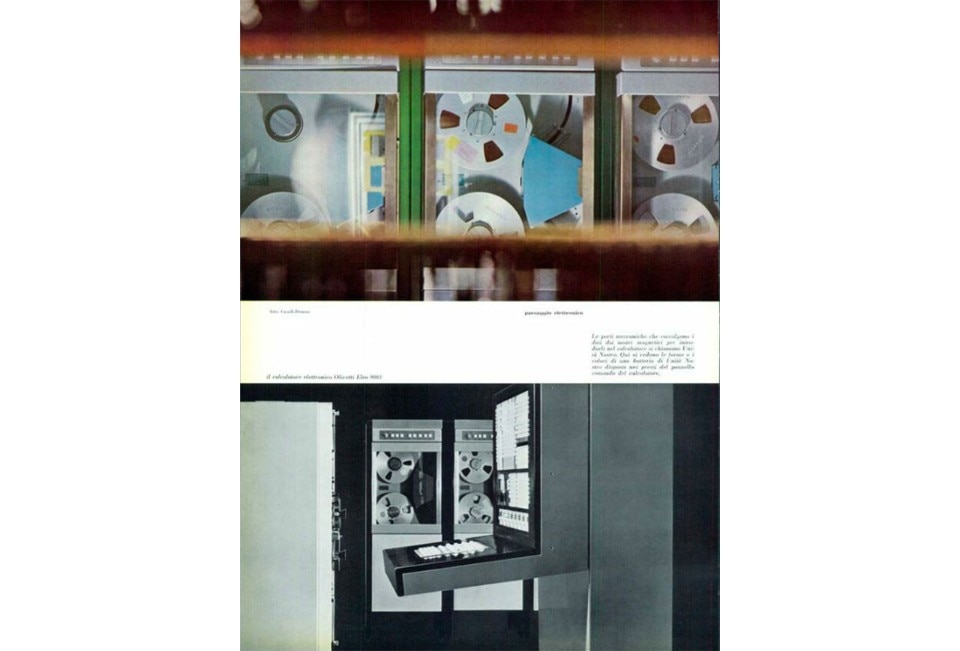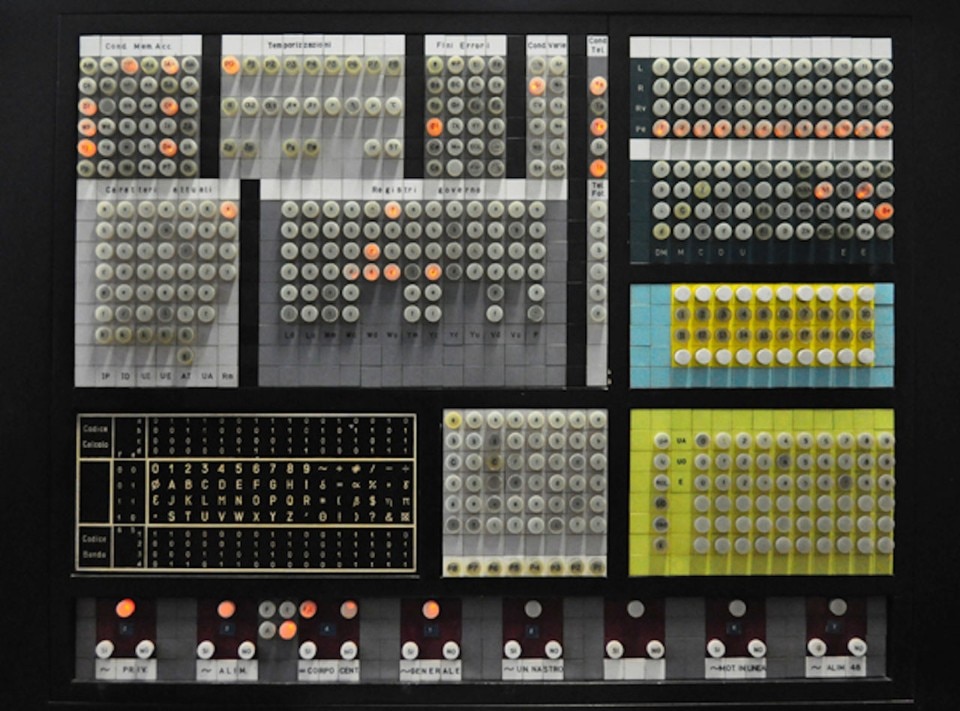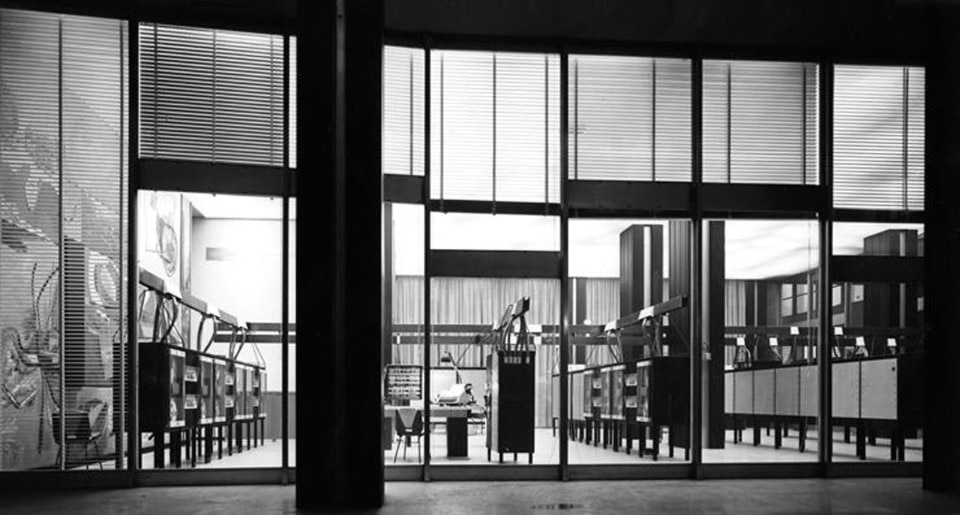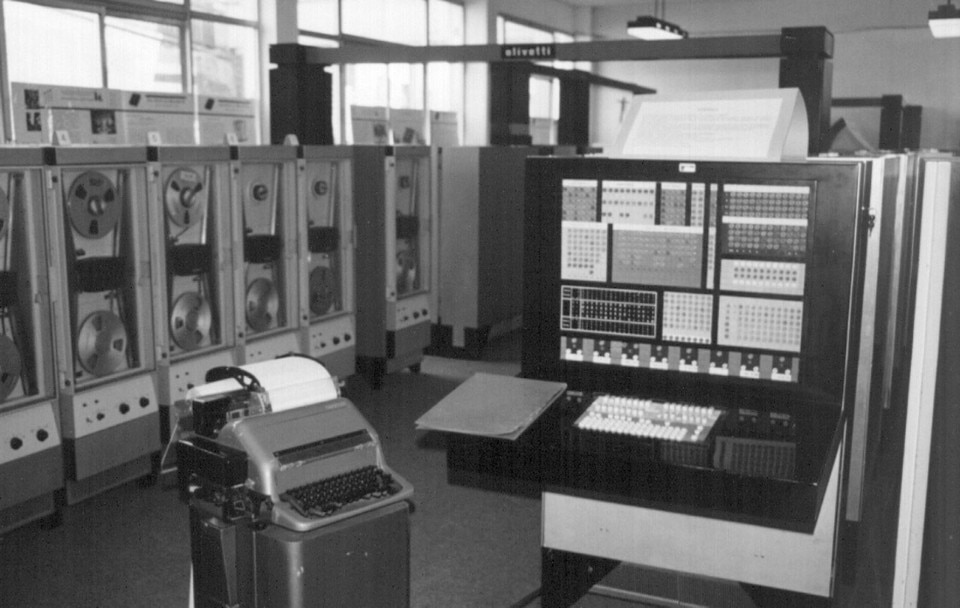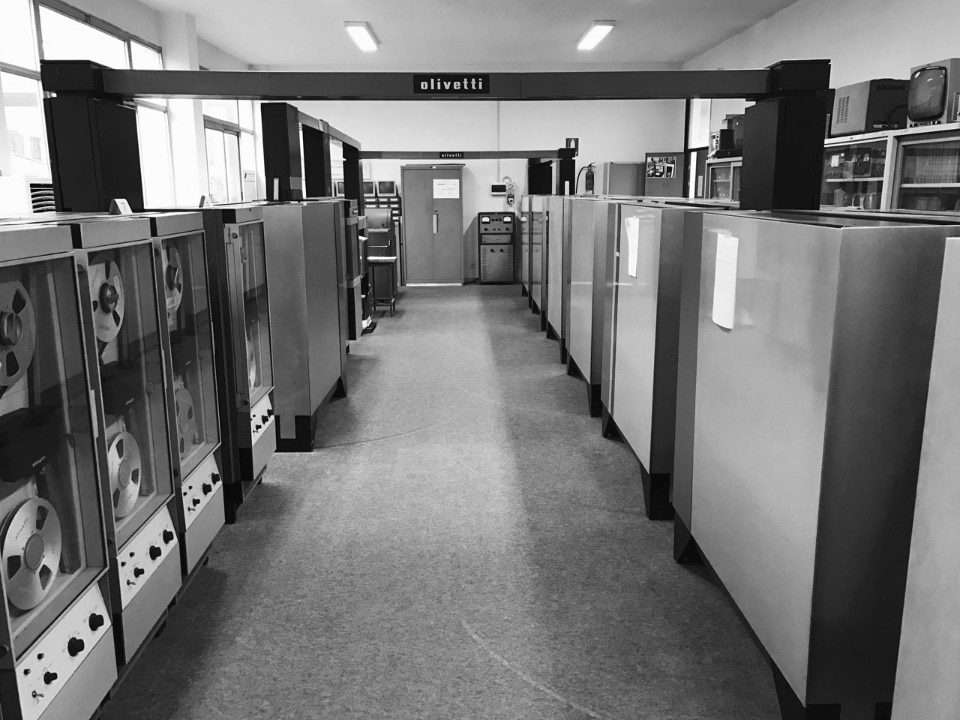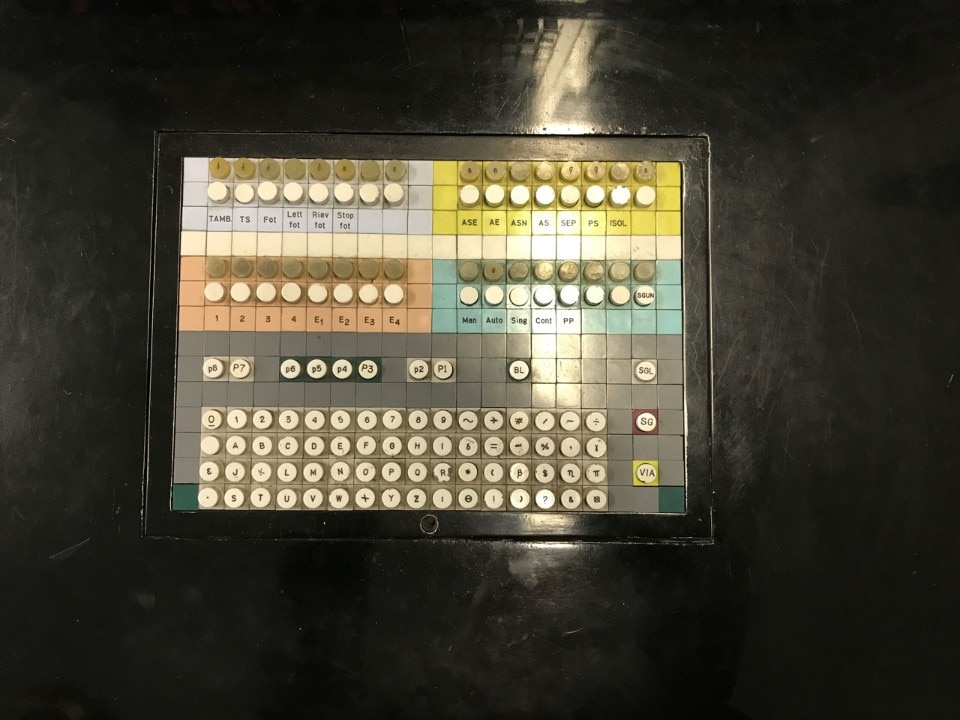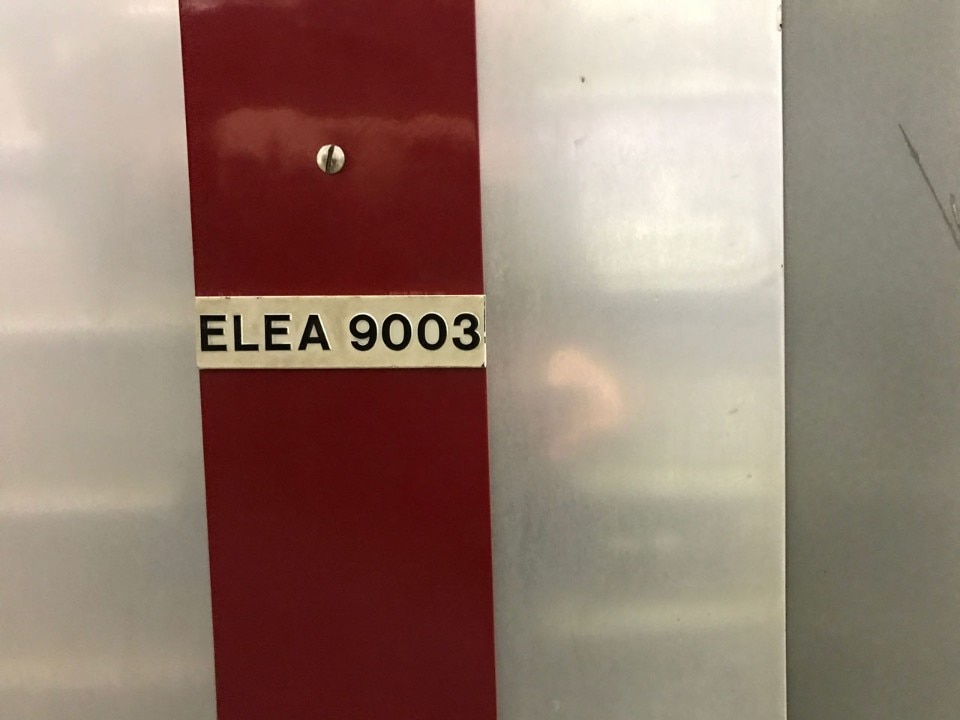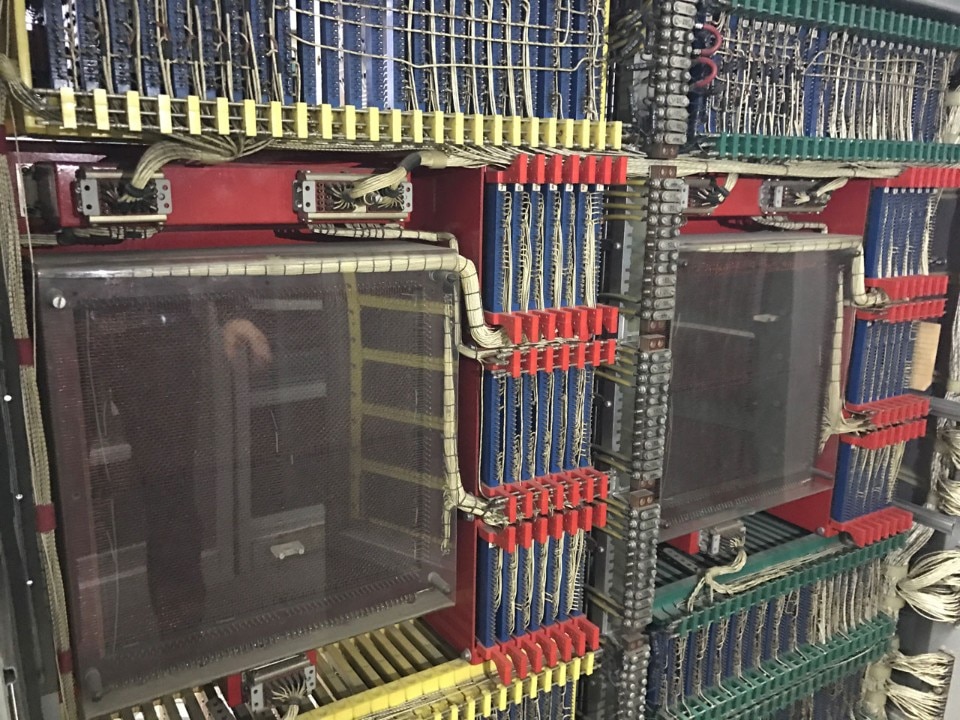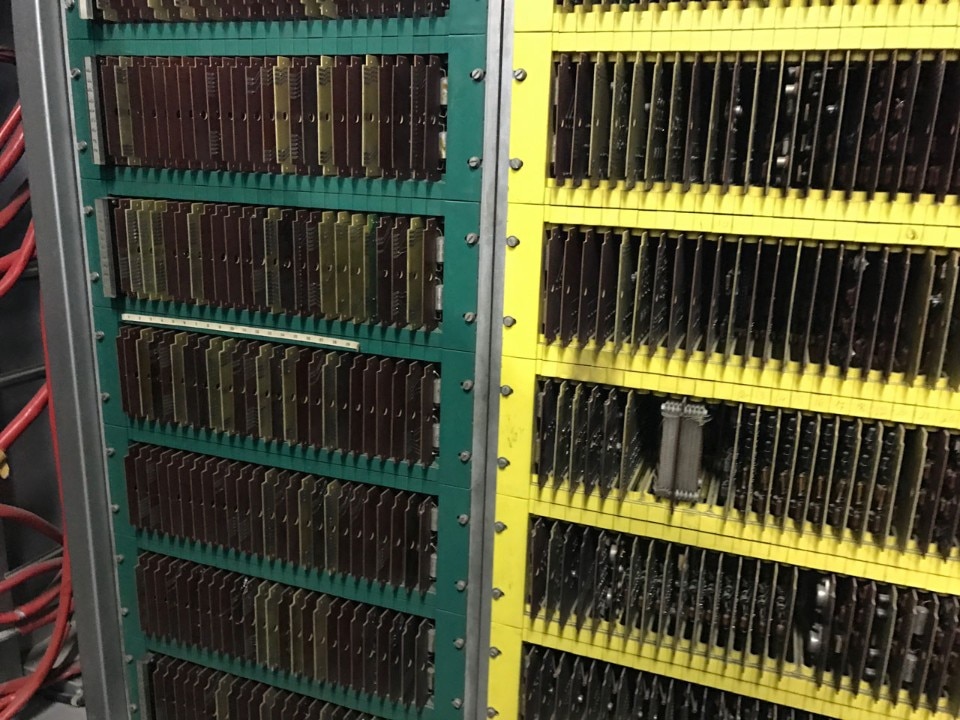Elea 9003 is the last surviving large electronic computer “made in Italy” to still be in working order since the 1950s. A design, as well as technical, wonder, it was this project by Olivetti that led to Ettore Sottsass winning his first Golden Compass in 1959.
Bibbiena is a town with a population of 12,000 which lies 40 km north of Arezzo. Set on a hill in the Tuscany-Romagna Apennines, it is located near to the source of the River Arno, on the southern boundary of the Foreste Casentinesi National Park, in a panorama enveloped in beech-trees, firs and chestnuts whose prestigious wood was used by the Florentines to build their Duomo. To the north, Mount Falterona looms, while just outside the main entrance to the medieval hamlet lies the Enrico Fermi Industrial Technical High School. In the 1970s it was the only college in the province of Arezzo and beyond to have started Information Technology courses in addition to those in electronics and electrical engineering. Since the 1970, thanks to a donation from the Monte dei Paschi di Siena bank, it contains the last working model of the Olivetti Elea 9003, the first mainframe computer in the world to use integrated circuits, the first mass-produced Italian computer (approximately 40 were made) and the first with an open modular architecture, allowing for configuration with units for memory, calculation and data input, according to the requirements of the client.
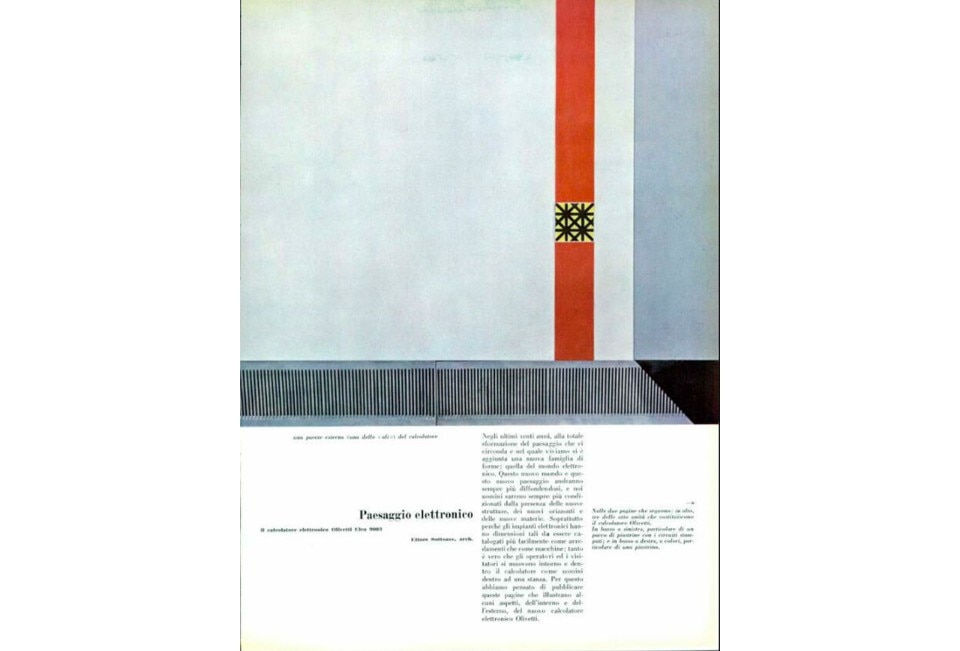
How did the Elea 9003/02 end up there? And above all, what is the story behind this giant which has been almost completely excluded from global computing history. The first step in the story of the Elea 9003 was the intuition of Adriano Olivetti, inspired by the Nobel Prize Winner for physics Enrico Fermi, that the mechanical industry for office machinery in the period immediately after the Second World War would slowly make way for the electronics industry, which was still all but unknown in Italy at the time. Olivetti put together a working group led by the brilliant Italo-Chinese engineer Mario Tchou, who collaborated in Barbaricina, with the University of Pisa, on the creation of the first Italian calculator (the CEP, Calcolatrice elettronica pisana – Pisa Electronic Calculator, a one-off to simulate the experiments in nuclear physics suggested by the same Enrico Fermi). After Barbaricina, the work group moved to Milan to finalise the Elea project.
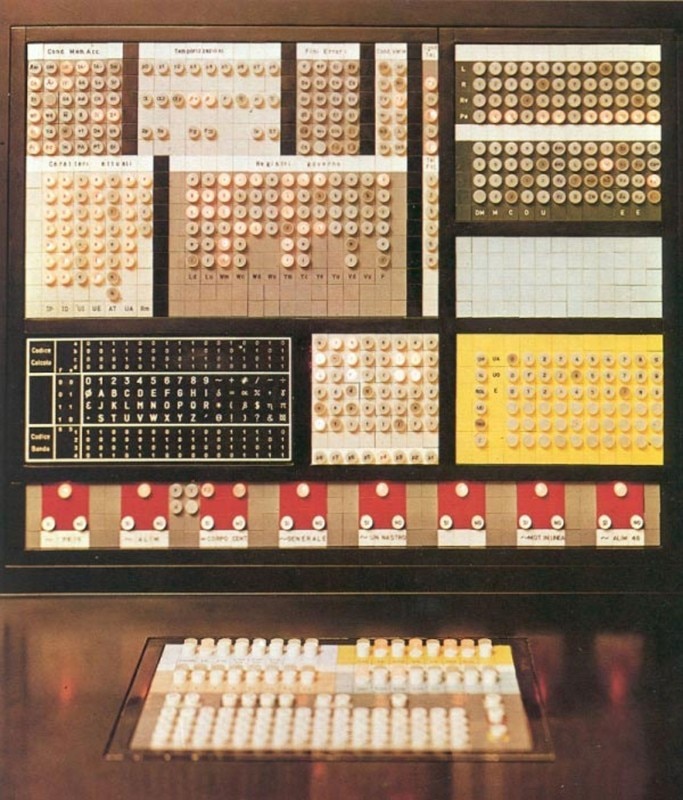
In contrast to the CEP, a computer which was produced as a one-off and optimised for rapid calculation of small quantities of data, the Elea was characterised by its ability to handle what was considered at the time to be relatively large quantities of data, for use in management and administration, with an open and expandable design, conceived and engineered for mass production. Following the first two valve and hybrid prototypes, the final production run of approximately 40 units was executed, with an innovative design consisting of only the latest solid-state circuits, which required a relatively low level of cooling and energy consumption. IBM was to follow almost a year later with the 700/7000 series.
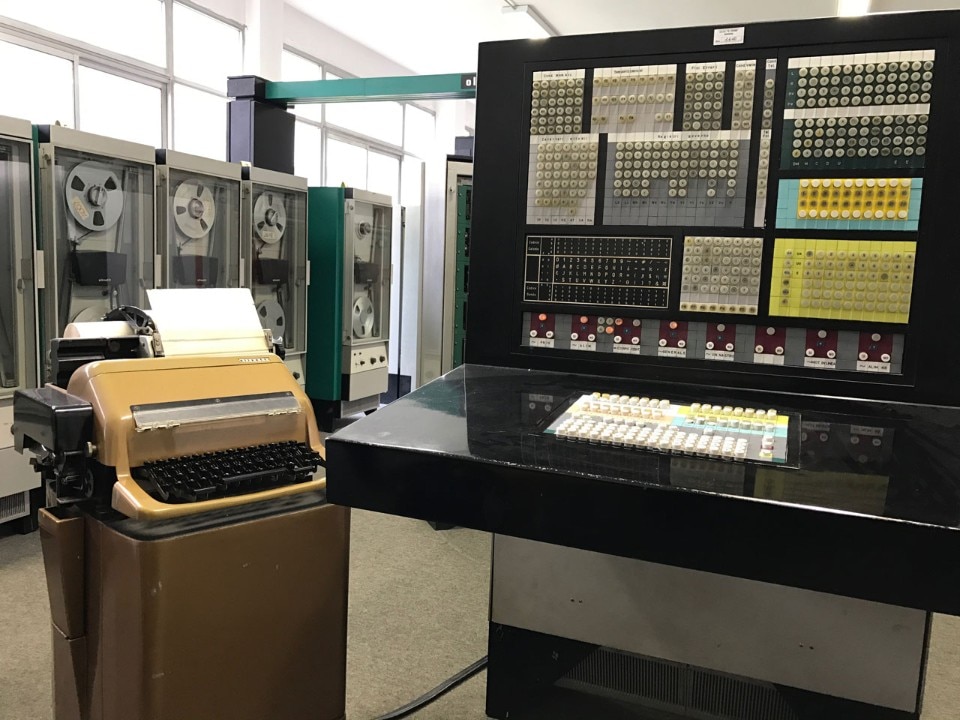
The story of Olivetti following the commercialisation of the first Elea 9003 models are well known: the death of Adriano Olivetti on 27 February 1960, the death of Mario Tchou in a car accident on 9 November 1961, the sale of the electronics division to General Electric in 1964, and a halt in electronics for Olivetti which lasted for at least a decade.
The Elea 9003/200 model in use in Bibbiena had a particular journey. When, in the 1970s, the companies that had purchased the Eleas began to take them out of service, Monti dei Paschi di Sienna decided instead to donate its model, serial number 02, to the only technical college in Southern Tuscany which taught information technology. A convoy of lorries and a team of machinists and engineers from Ivrea, the same who, 20 years earlier, had put together the original machine, reached 1 Piazza Giacomo Matteotti and, in the space of just a few weeks, re-installed Olivetti’s mainframe, also providing two specially-trained Industrial Technical High School technicians with all the documentation necessary for the operation and maintenance of the computer: hundreds of typewritten pages and tables with the installation diagrams.
Sienna decided instead to donate its model, serial number 02, to the only technical college in Southern Tuscany which taught information technology. A convoy of lorries and a team of machinists and engineers from Ivrea, the same who, 20 years earlier, had put together the original machine, reached 1 Piazza Giacomo Matteotti and, in the space of just a few weeks, re-installed Olivetti’s mainframe, also providing two specially-trained Industrial Technical High School technicians with all the documentation necessary for the operation and maintenance of the computer: hundreds of typewritten pages and tables with the installation diagrams.
For three decades, the students of the Industrial Technical High School of Bibbiena learned the fundamentals of information technology with the use of the first true Italian computer. Punch cards, a terminal which resembles a typewriter (obviously Olivetti), and a 200-square-metre room designed to allow for as “humanist” use of the computer as possible: suspended cable trays instead of ground-set lines, 16 cabinets of 1.60 metres in height to allow for a view of the entire room, without isolating technicians and operators in a labyrinth of metal, and in general a choice of pleasing shapes and colours, which created a modern and pleasant dimension to the working environment. The design studied by Ettore Sottsass earned him his First Compasso d’Oro in 1959.
However, obscurity was creeping up. Technology was taking giant leaps ahead and the “old” Elea 9003/02 was soon forgotten. However, a group of fanatics, with the aid of the administration team of the Industrial Technical High School kept the computer alive. Now, the future of the machine is unsure: there are some who want to move it to a museum (perhaps in Pisa), but in doing so the machine would be broken, as it would be impossible to reactivate a machine with almost 40 km of copper cable wrapped in entirely hand-woven glass fibre, which has become incredibly fragile over time. Thus, the destiny of a treasure of Italian technology and design depends on the goodwill of a few volunteers, the willingness of a provincial Industrial Technical High School and an almost complete lack of interest from institutions and companies.


